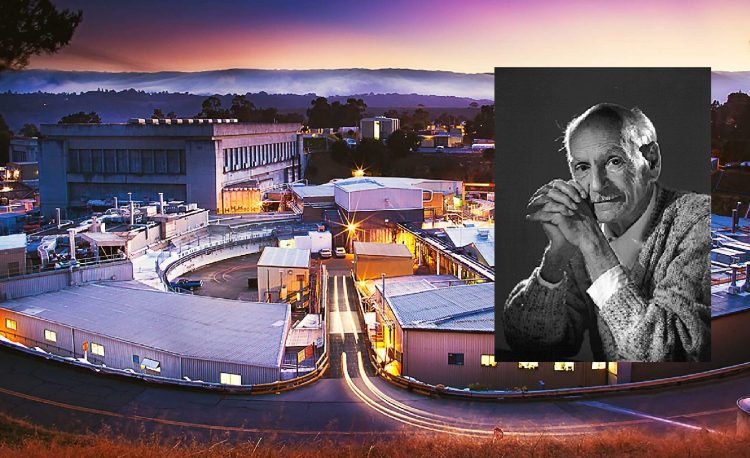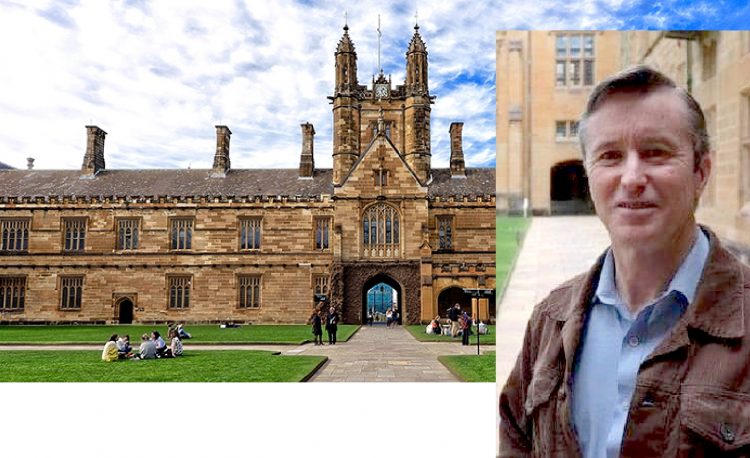Ionel Dinu’s Eureka moment for his underwater experiments.
![]()
Science Magazine for Critical Thinkers

Ionel Dinu’s Eureka moment for his underwater experiments.
![]()

It all started when a brilliant young Argentinian student asked his college physics professor a simple question: why a kinetic energy equation was being applied to radioactivity for making calculations for energy loss? (see my article on what young Carezani found). Radioactive elements give off ener…
![]()

Bill’s story here.
![]()

In about March 2003 I formally commenced part-time candidature for the PhD in the School of Physics at the University of New South Wales (UNSW), Sydney, Australia, under the supervision of Professor John K. Webb. The support supervisor was Professor Michael Ashley. I was initially engaged in the development of a computer simulation program in relation to Extra-Solar Planets.
![]()


My son David and Robert Berger were attending a meetup in my condo on June 28, 2015. I had just finished a presentation of gravity. We were having an open discussion when I told them I had a particle model for light. I used my hands to show how light could be represented by a stream of particles that moved at speed ‘c’. A large bunch of particles moving together was followed by a smaller bunch and then a second larger bunch. I tried to continue, but David started talking fast and loud. He then got up, continued to talk fast and loud.
I tried to get his attention, but he continued. I finally yelled, “David”, it’s just a model” David responded: “Just a model!” And David continued his rant!
I had just spent 2 years working with Paul Schroeder and Arde Ranthum writing a technical paper. The paper asked the question: “How can a wave cause gravity?” The final answer was that the wave would have to be a low intensity low frequency wave. It was during that time that we looked at the whole frequency spectrum for the answer. Having looked at light for two years, I moved on.
I went on to ask the question: “How can I make a particle act like light?” I tried one particle with spin. Well, there was no way to make white light with one spinning particle. OK, maybe I need three particles. One red, one green, and one blue, each with their own spin. But how is that generated? They must be generated at the same time each with their own specific spin and move in a group. But three particles seemed better than one particle. It was then that the model for light came to me. It did not use one particle or three particles, but a stream of many, maybe thousands of particles. This should have been my Eureka Moment! That came later.
I wrote a white paper on April 17, 2015 and sent it to David. Nothing! I heard nothing from David. I even asked him once if he read it. He gave me a vague response.
Once David calmed down, we continued the discussion. The solution was important to Dave for two reasons. He had been struggling with the idea of light moving through ‘aether’. The infinite number of collisions that happen as a light wave, moving at speed ‘c’, through ‘aether’ was a big problem. My model solved that problem for him. The second was wave particle duality. A problem in modern physics that that had no reasonable explanation. As Dave and Robert left my condo that evening, Dave said to me: “You solved the Wave/Particle Duality problem!” I replied; “I did?”
It took me two days to convince myself that it was a solution to this problem. It took about 2 weeks more to convince myself, that I did it! Maybe this was my Eureka moment. But even if I am impressed, I do not get very excited. I am still asking: “Am I the one who solved the Wave/Particle Duality problem?
The model for gravity and light using the same particle evolved over time. The first model was almost unrecognizable to my son David. But over time, it became what we feel is a more “true to life” representation of what light truly is.
I was supposed to put a drawing of the model in the white paper. It never got there. When I finally did the first one, it was a triangular wave with this pattern: “3 4 5 4 3 2 3 4 5 4 3 2 “. First a group of 3 particles, then a group of 4, an then a group of 5, and so on. If the time in between is the same, then this is a triangular wave as shown below.


This is Dave’s first model where he used the sine function to generate a pattern of dots that would represent an ideal sine wave. Engineers can design circuits that generate voltage or current wave forms that can give nearly perfect sine waves. nature cannot do that.
This is my model for white light as generated by a candle, a light bulb, or any of the stars in the universe. The random combustion of the hydrocarbons Will give chaotic streams of peaks that are emitted in bursts that are very short or somewhat longer. As long as the distance between the peaks are in the visible spectrum we will see the light as white. A red laser light will be more organized, but will still have a degree of randomness.
This solution uses one particle (G1) many times to generate a wave. It does not need ‘aether’ or any type of medium. So it is not like a sound wave or water wave. But it must work like a light wave. It must:
The last three examples are very important, but require a separate explanation. The first two examples can be explained by understanding the physical characteristics of the G1 particle.
In the Particle Model (PM) the G1 particle acts as a gravity particle (graviton), as an electron with no charge, and as a photon. However a photon is one particle that somehow has a wave property. In the PM, the photon is replaced with many G1s organized in a stream with a repetitive pattern. The G1 particle is small, like and electron, but with no charge, and moves at or about the speed of ‘c’.
It has to be small in order that the gamma rays can be generated. Frequencies higher than gamma rays are difficult because the G1 has a physical size and there is not enough room to establish a wave length. Frequencies lower that radio wave would seem possible, but are not usually seen in nature.
The intensity of the G1 particle stream is determined by the number of G1s grouped together at the peak. When visible light hits your eye and it has a very large number of G1s at the peak, it can damage your eye. In this case, your eye is being hit hard enough to destroy some or all of the atoms and molecules in the cones of your eye.
Notice that the number of G1s never reach a negative quantity. In other words, they are either there or they are not there. The sine function cannot be used in the normal way. The sine wave function for David’s light wave must use the following math term:
Number of G1s at any point in time is equal to
![]()
It’s a simple change, but guarantees that there are no negative values for the number of G1s in a stream.
The information is this paper as well as the references indicated, show that the PM for light is a valid concept and solves the Wave/Particle Duality problem and all it’s attendant conclusions. With this solution, not only is this problem solved, but the concepts of entanglement, quantum eraser, and weird action at a distance are not needed.
![]()

Maxlow story about plotting the paleo positions of the south pole.
![]()

The Antennae Galaxies (Arp 244) is one of hundreds of peculiar galaxies catalogued by Halton Arp.
![]()